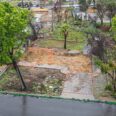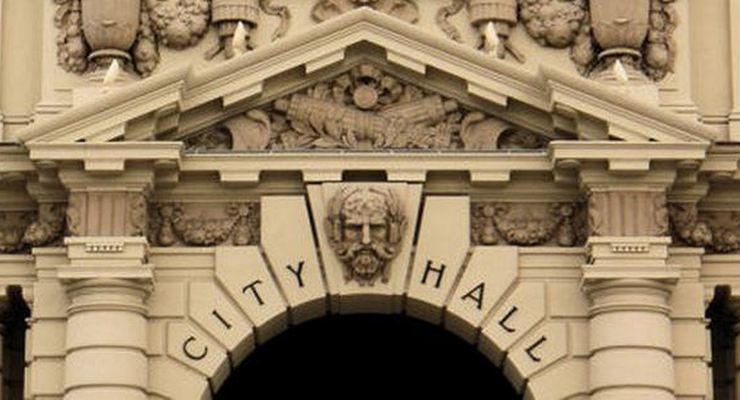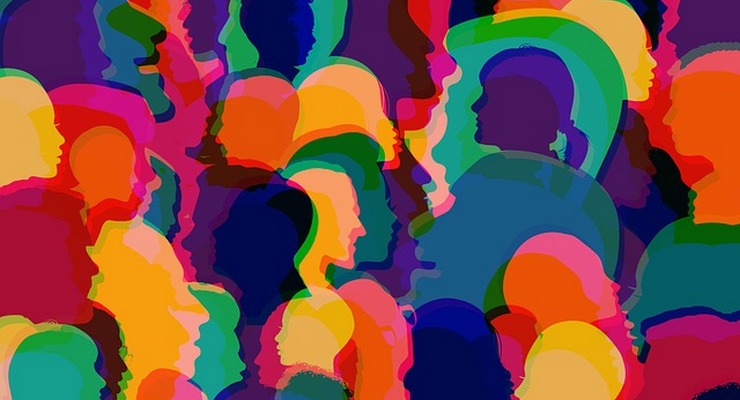
Pasadena’s Norton Simon Museum on Friday opened its “State of Mind: Picasso Lithographs 1945-1960” exhibit, displaying more than 700 pieces of the artist’s prints that Simon, the American industrialist and philanthropist, had purchased over the years.
The prints mark a stage in Picasso’s life when he had reached what he called “the moment… when the movement of my thought interests me more than the thought itself.” It was by the end of World War II that this new interest in “movement” – the successive permutations of an artistic statement – found its most remarkable expression in Picasso’s practice as a printmaker.
Oil paintings could inevitably cover their tracks, concealing the process of their making under layers of opaque color; prints – especially lithographs – promised to record their own development through sequential stages, charting the movement of their maker’s thoughts from state to state. Picasso could work up a design, print it (in a first state), rework it, and print it again (in a second state), repeating the process two or ten or twenty times to chart the metamorphoses of a particular compositional idea.
Drawing on the Norton Simon Museum’s holdings of over 700 Picasso prints – among the deepest collections of its kind anywhere in the world – “States of Mind” traces the evolution of individual compositions from the 1940s and 1950s through multiple states, subtle adjustments, and radical revisions.
On November 2, 1945, with France still under a provisional government and groceries still rationed in Paris, Picasso walked into the Mourlot Frères lithography shop in the rue de Chabrol.
“He arrived as though he were going to battle,” the firm’s director, Fernand Mourlot, later recalled, and indeed the demands Picasso would place on Mourlot’s master printers were without precedent. The artist had produced only a few dozen lithographs in the 1910s and 1920s – all more or less conventional in their approach – but the designs he brought to Mourlot’s shop were far more daring, incorporating grattage, collage and mixed media.
“How could anyone possibly print from that?” demanded Gaston Tutin, one of Mourlot’s master printers, calling the artist’s disregard for proper lithographic technique “a monstrosity.” But, cajoling along his reluctant collaborators, Picasso swiftly and decisively transformed the practice of lithography, producing 185 plates over the next three years and more than 400 by the end of the 1960s.
The subjects of Picasso’s early lithographs are often ordinary: a dish of fruit, a cup of tea, a boy in a striped shirt. There are experiments with lithographic ink and doodles of assorted animals. The face of a beautiful woman, one eyebrow slightly cocked, gazing calmly back at the observer, appears again and again.
The young painter Françoise Gilot, Picasso’s companion from 1946 to 1953, furnished the inspiration for many of these compositions; through two or four or ten printed states, her features metamorphose past likeness into abstraction in a process the artist also applied to various other motifs.
Perhaps the most famous example of this process is that of “The Bull,” which treats a subject close to the Spanish painter’s heart. From a simple brush and ink drawing to a glowering behemoth, to a schematic portrayal reminiscent of a butcher’s chart, to a playful outline, concise as a cave painting, Picasso transformed this creature over eleven states from December 5, 1945 to January 17, 1946.
As for several of the artist’s most iconic lithographs of the 1940s, the exhibition will include all the editioned states of “The Bull” as well as a unique working proof of an unnumbered state, drawn from Norton Simon’s extraordinary collection.
Picasso’s lithographs are on display at the Norton Simon Museum at 411 W. Colorado Blvd. until February 13, 2017, from noon to 5 p.m. Mondays, Wednesdays and Thursdays; 11 a.m. to 8 p.m. on Fridays and Saturdays; and 11 a.m. to 5 p.m. on Sundays.
Tickets are $12 for adults, $9 for seniors and free for students and children 18 and under. On the first Friday of the month, the exhibit is free for all ages from 5 to 8 p.m.
For more information, call (626) 449-6840 or visit www.nortonsimon.org.













 11 comments
11 comments


